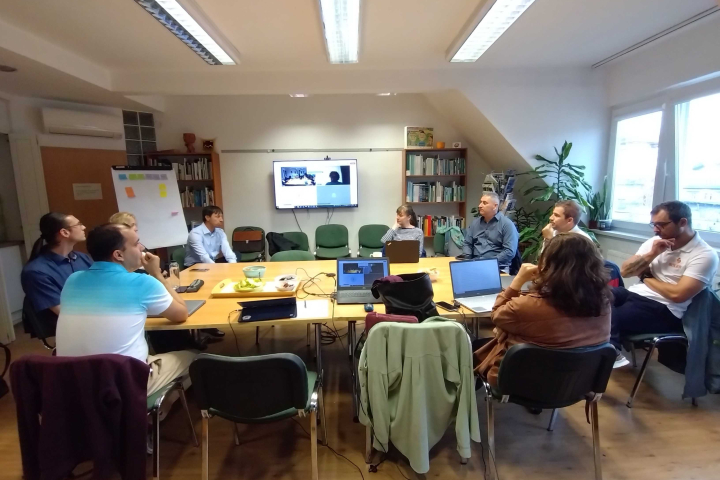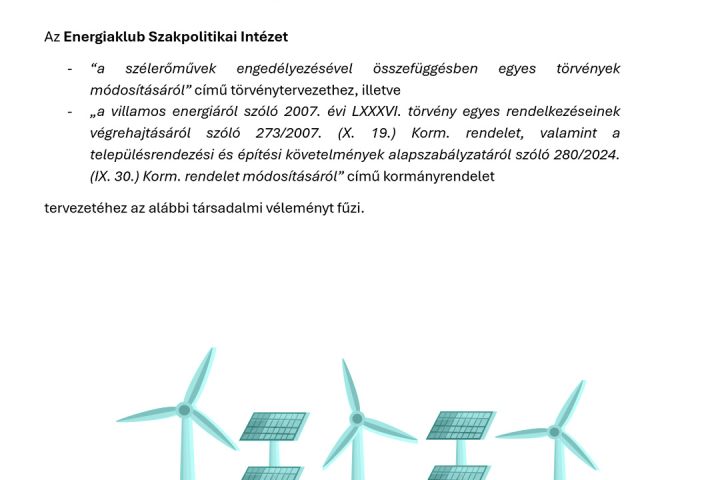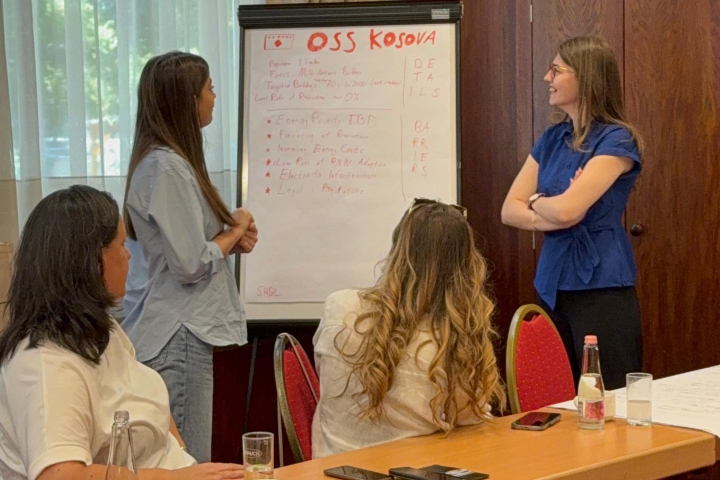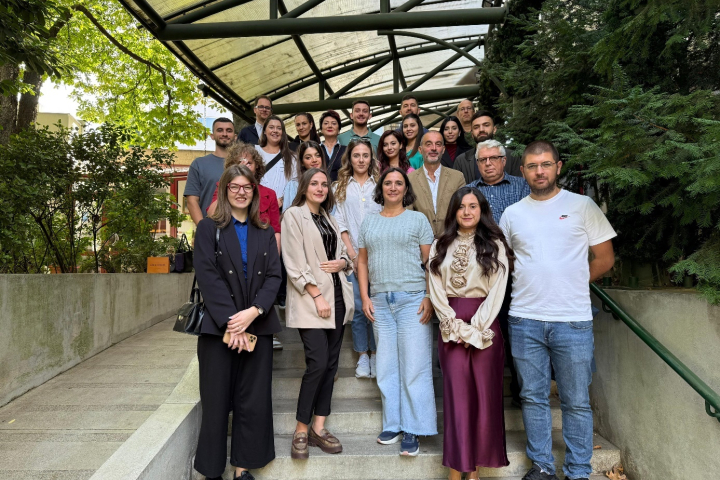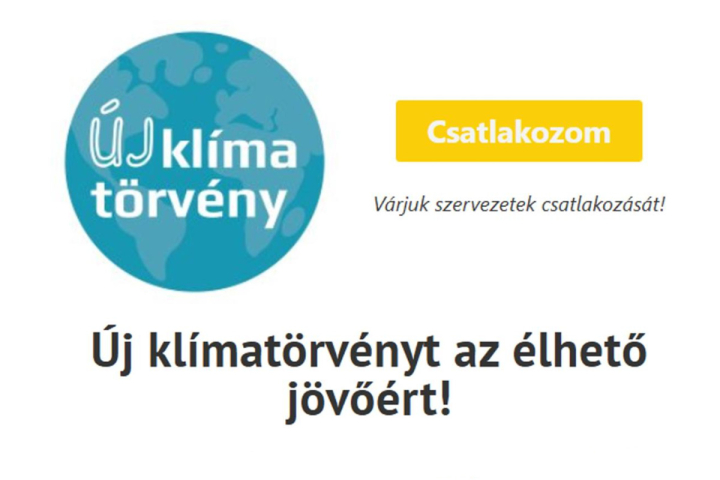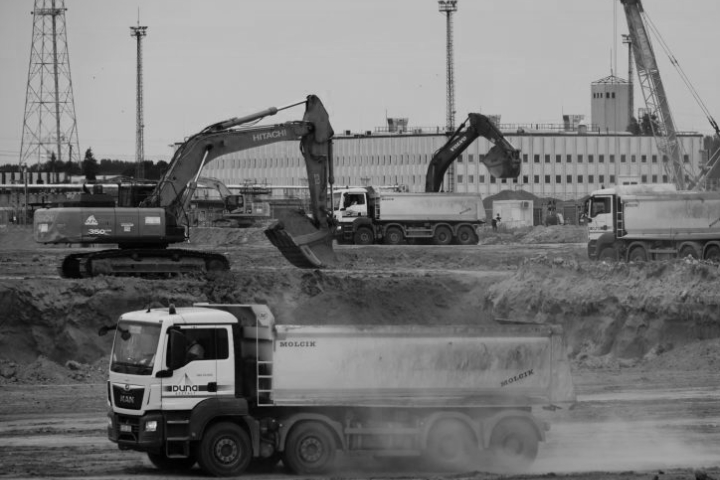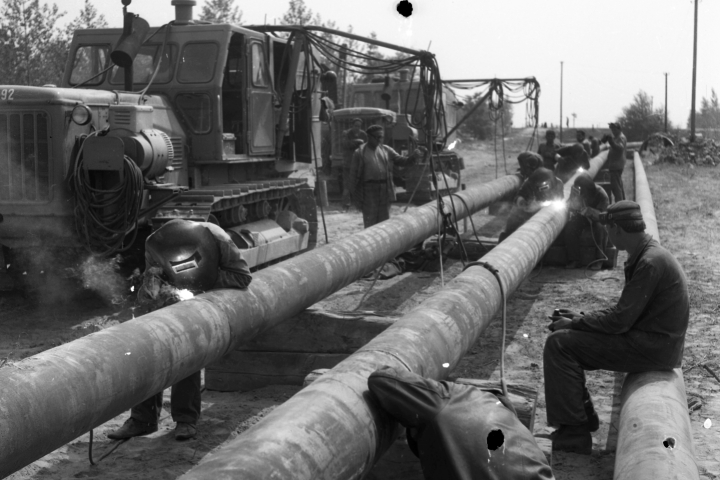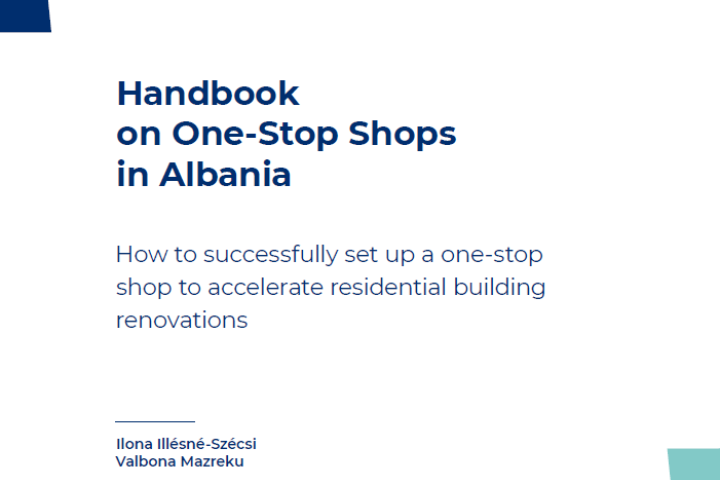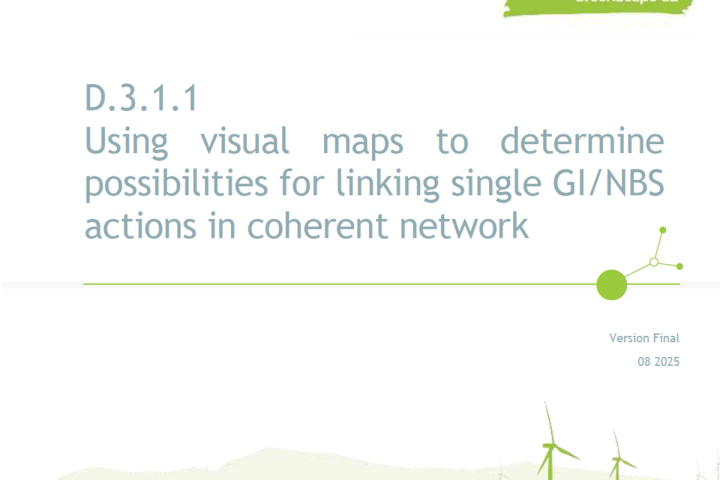New coal curtain in Europe? Two-speed Europe? The new Visegrad+ platform set up today in Prague, want to prevent this
The share of renewables in all four Visegrad countries (Czechia, Hungary, Poland and Slovakia; also V4 countries) is one of the lowest in EU-28 and well below the EU average. Energy policy designers from V4 countries do not plan to change this substantially in the upcoming decade, although all the countries have a great potential of renewables, according to the data provided by the experts of the renewable associations. With very new exemption of Slovakia, none of the ex-communist countries have adopted clear plans how to quit coal, like almost all West European countries have. New Visegrad+ platform that was set up today in Prague have an ambition to / contribute to/ change of this.
Share of renewable energy sources both on total energy consumption and on electricity production is one of the lowest in EU-28, well below the EU average, in all four Visegrad countries. (EUROSTAT) “There is not enough wind and solar potential, energy policy designers in all Visegrad countries sometimes say. It reminds me of Austria 25 years ago when some of our politicians called our country “no wind country”. But now we add up to 400 megawatts of wind turbines annually. Except Poland, this is more than each of the Visegrad countries have installed during last 20 years", Florian Maringer, Managing Director of Austrian Renewable Energy Association said.
As very low ambitious and not sufficient to deliver enough on joint EU target to consume “at least 32 %” of RES in 2030, were called / described drafts of National Energy Climate Plans (NECPs). These plans shows values, how much renewable energy EU member states will like to see in their energy mix (and will support). “There is much higher potential in our countries, than we see put in NECPs drafts. We just need the proper ambition and not business as usual scenarios to be called our national plan. In Czechia, we can have at least quarter of our electricity from clean sources by 2030, but Mr. Babis' government suggests to have only half of it", Stepan Chalupa, Chairman of Czech Renewable Energy Chamber said.
“The Hungarian government banned the use of wind power in 2016 and the new NECP is not even considering to develop this field. It is easier to get a permit for a new nuclear power plant in Hungary”, Gábor Orbán, director of Energiaklub said.
“Seems like we have a new curtain in Europe, but made of coal this time. If you have a look at the European map, you see how European countries plan to deal with coal", Veronika Galekova, Director of Slovakian Association of Photovoltaic Industry and Renewables, said. All Western European countries have their coal phase-out plans, except Greece. At the same time, none of post-communist countries has a plan how to quit coal (in Hungary the plan is being discussed).
“By 2035 Poland will need to phase-out 20 out of 41 gigawatts (GW) of whole power system based almost entirely on coal. It is a great opportunity to replace old dirty power plants by wind, both onshore and offshore, photovoltaics and other renewables. In 2030 we can have almost 40 % of our electricity based on renewable sources”, Irena Gajewska from Polish Wind Association said today.
Aim of the Visegrad+, newly set-up platform today in Prague, is to support the transformation of the Visegrad region's energy systems towards renewable and sustainable economies and to actively promote the European goals of energy transformation and climate protection. “We would like to balance not always constructive voice of 4 Visegrad countries during adoption of robust common European policies and instruments for climate protection”, Ada Amon from E3G think-tank said.
Key renewable associations and climate policy think-tanks from four Visegrad countries and Austria signed today the Memorandum of Understanding. The platform is open to wider cooperation and have plans to expand towards other Central and East European countries, once it gets well established.
